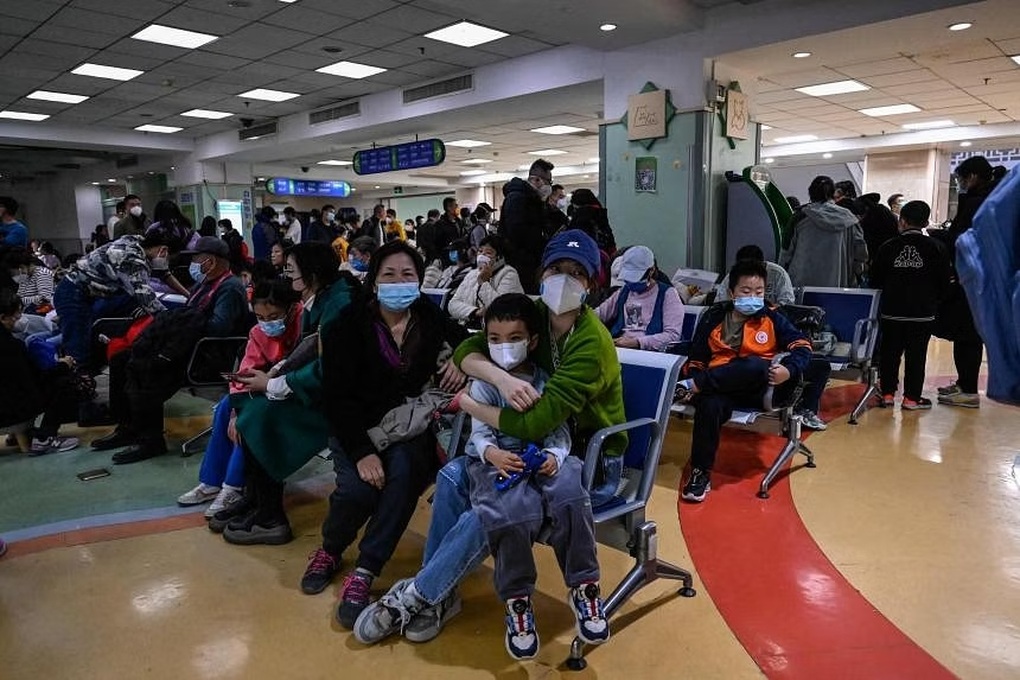
Respiratory cases have increased rapidly recently in northern China (Photo: AFP).
Reuters reported that the World Health Organization (WHO) said on November 23 that Chinese authorities responded that they "have not detected any new or unusual pathogens or unusual clinical manifestations, including in Beijing and Liaoning."
Earlier, on November 22, WHO asked China to provide more information after several organizations including the Program for Disease Surveillance (ProMED) detected clusters of unclear pneumonia cases in children in northern China. According to regulations, China must respond to WHO's request within 24 hours.
WHO also seeks epidemiological and clinical information as well as laboratory results through the International Health Regulations mechanism.
Data shows that the rise in respiratory illnesses in China is linked to the lifting of Covid-19 restrictions, along with the spread of known pathogens such as mycoplasma pneumoniae, a common bacterial infection that typically affects young children and has been circulating since May. Influenza, respiratory syncytial virus (RSV) and adenovirus have been circulating since October.
However, WHO does not recommend any travel or trade restrictions while continuing to monitor the situation in coordination with local authorities.
China’s National Health Commission held a press conference on November 13 to announce the increase in respiratory diseases in the country. Chinese authorities recommended strengthening epidemic surveillance in health care facilities and communities, as well as enhancing the health system’s capacity to manage patients.
Meanwhile, WHO recommends that people in China follow measures to reduce the risk of respiratory illness, including getting vaccinated, keeping distance from people who are sick, staying home when sick, getting tested and seeking medical care when needed, wearing masks, ensuring good ventilation, and washing hands regularly.
Source



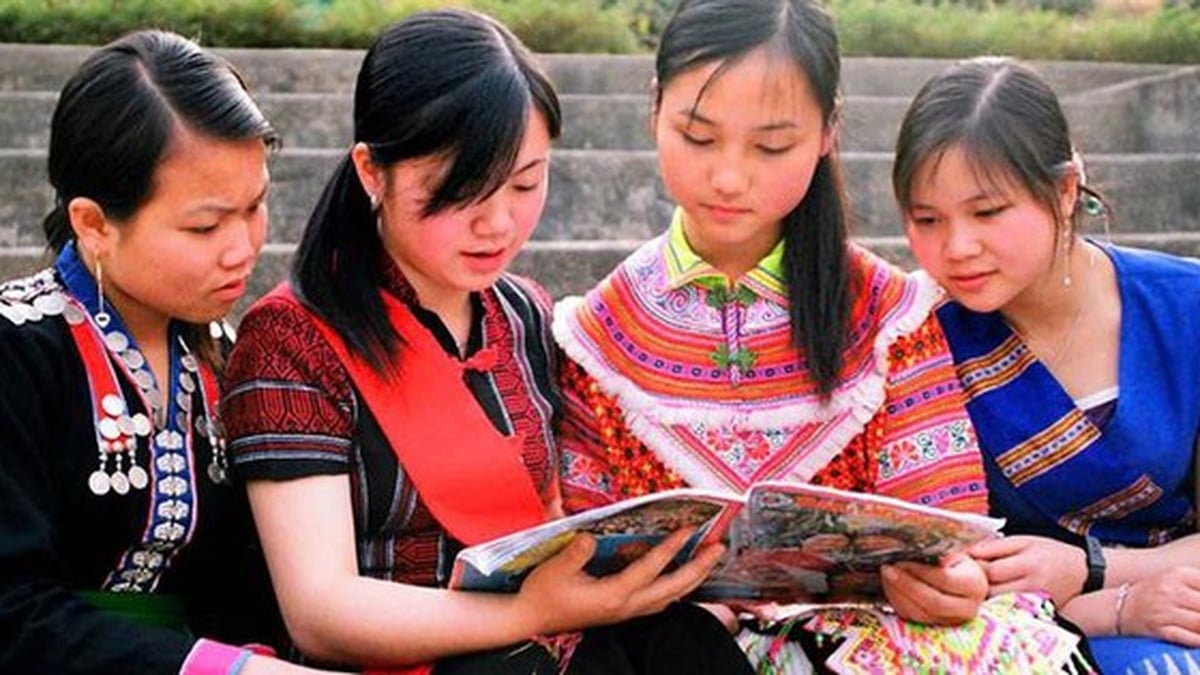
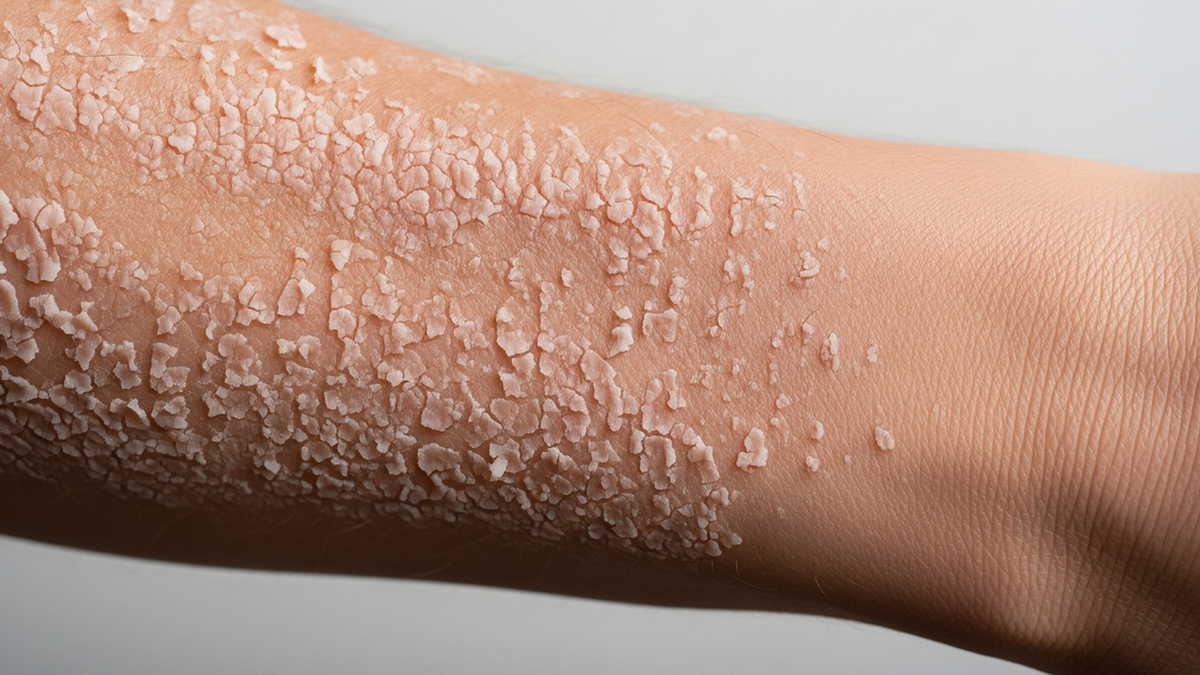


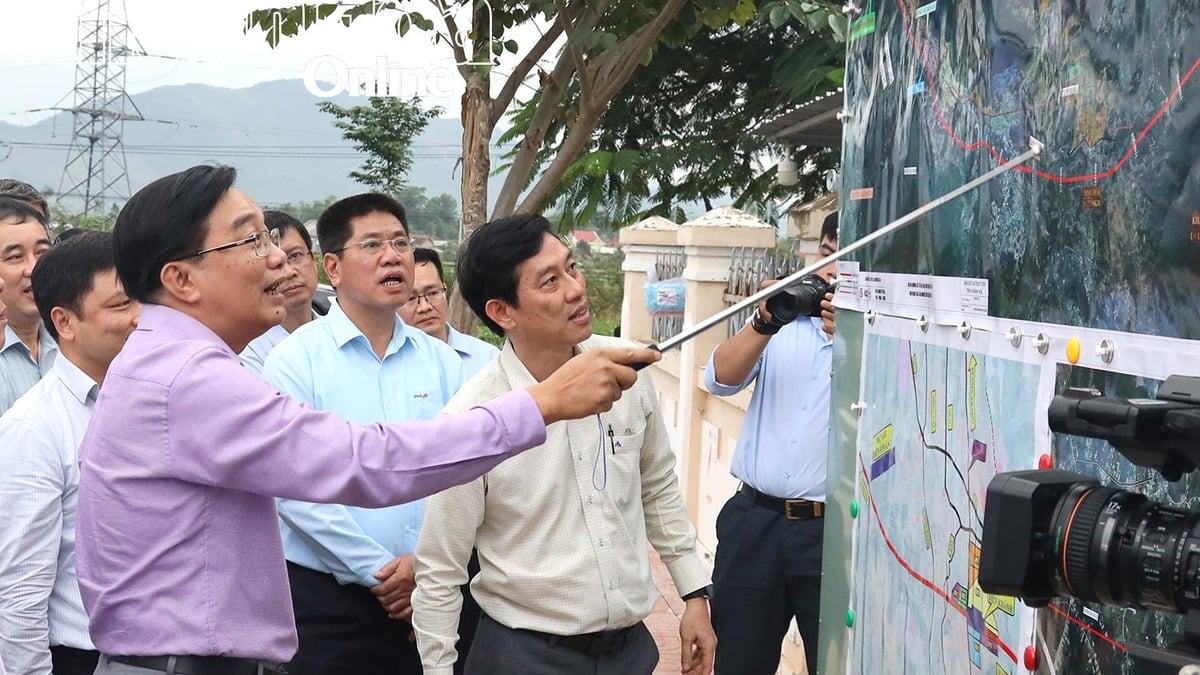
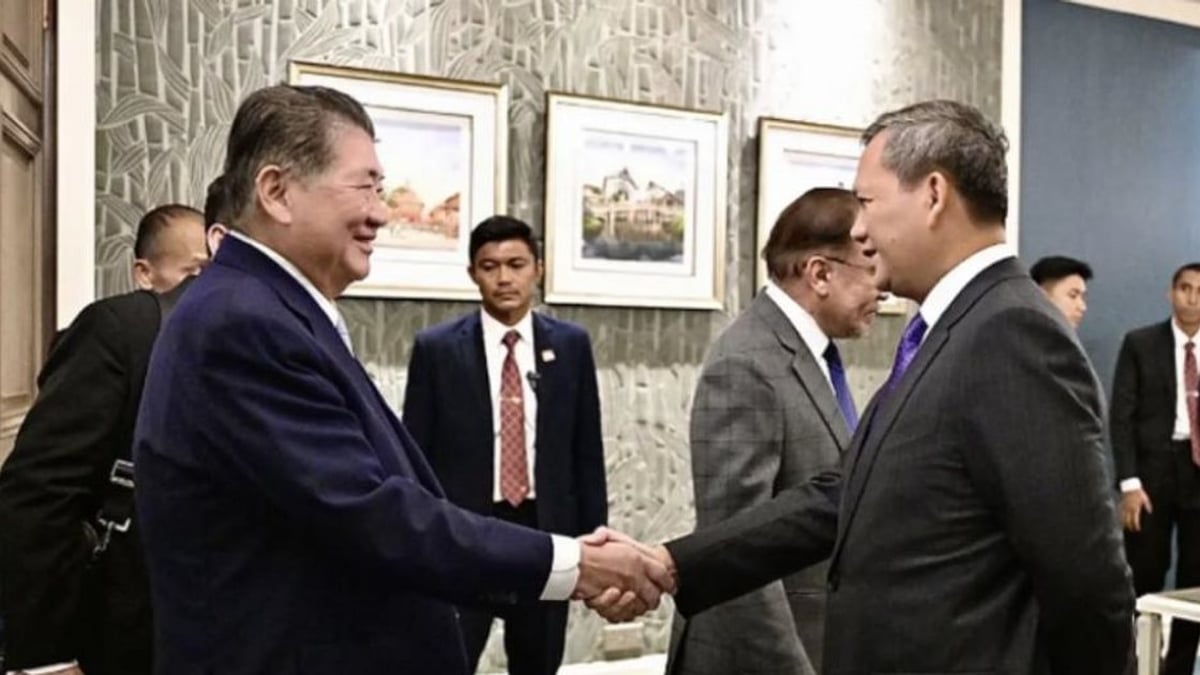

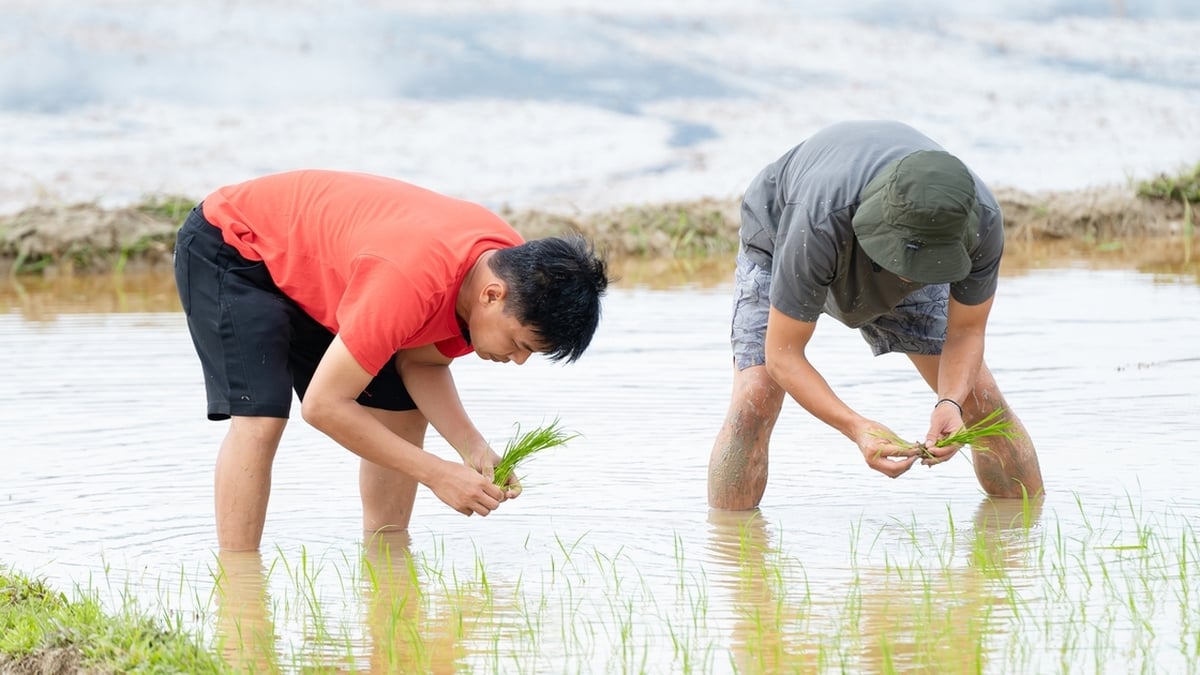
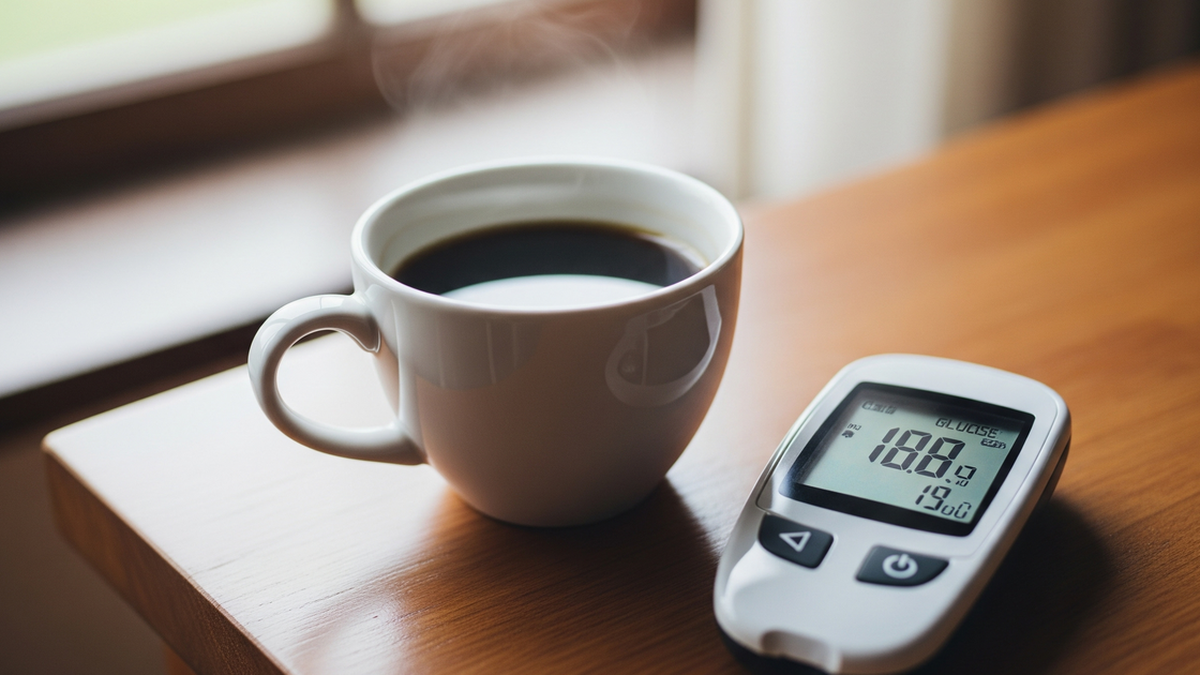


















![[Photo] National Assembly Chairman attends the seminar "Building and operating an international financial center and recommendations for Vietnam"](https://vphoto.vietnam.vn/thumb/1200x675/vietnam/resource/IMAGE/2025/7/28/76393436936e457db31ec84433289f72)




































































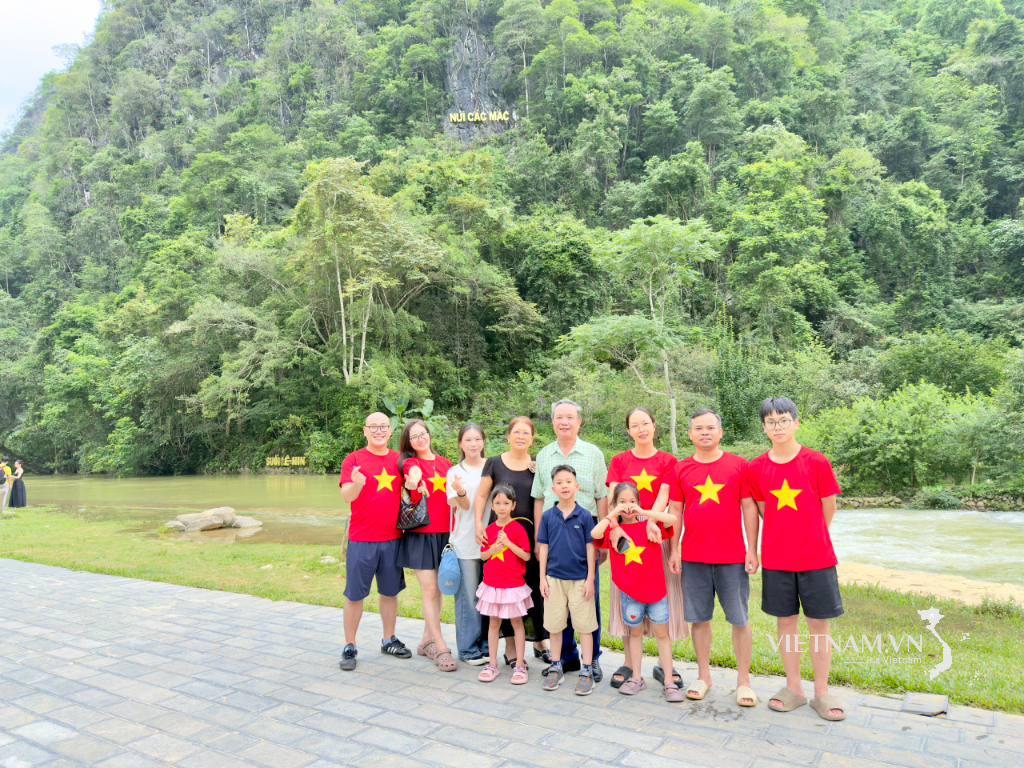
Comment (0)